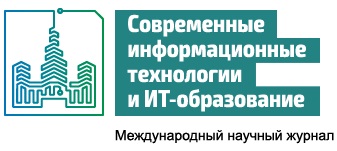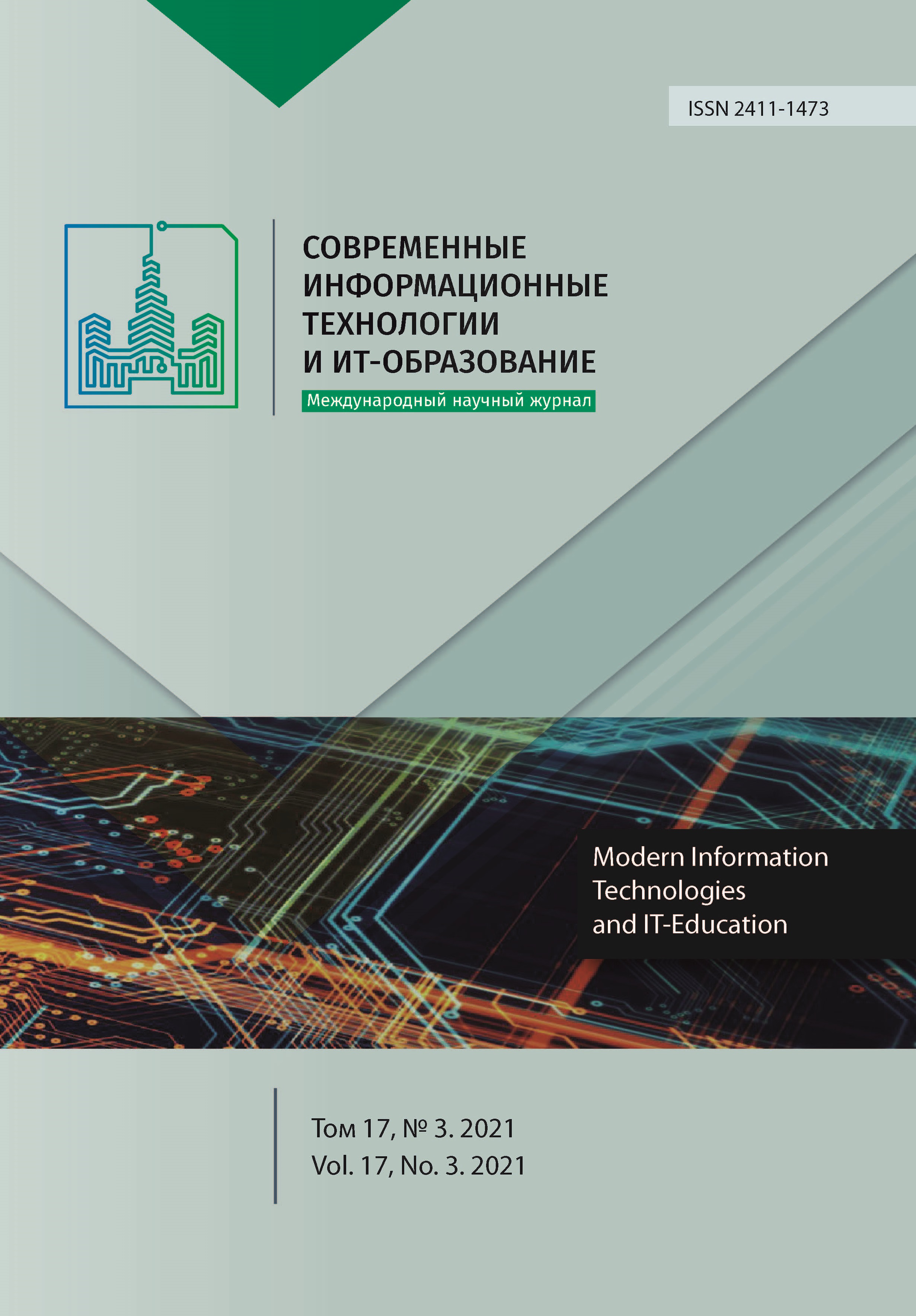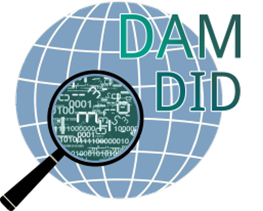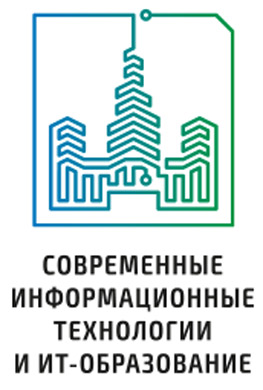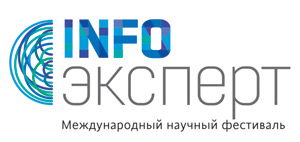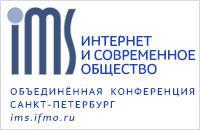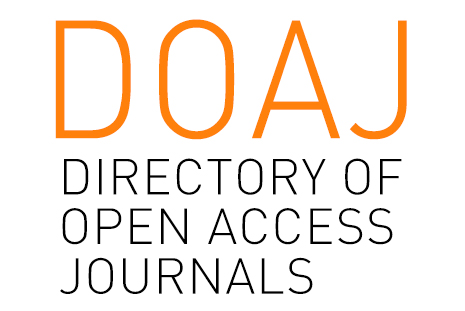Цифровая образовательная среда
проблемы взаимодействия
Аннотация
В статье раскрываются проблемы взаимодействия в цифровой образовательной среде. На основе опроса преподавателей были выявлены наиболее частые проблемы перехода на удаленную работу в связи с пандемией, самыми сложными из которых были отсутствие умений и опыта работы в цифровой образовательной среде, увеличение трудозатрат на подготовку к занятиям и проверку работ обучающихся, сложность преподавания практико-ориентированных предметов в удалённом режиме, отсутствие необходимого оборудования и достаточной скорости интернет у обучающихся, пагубное влияние на здоровье преподавателей и студентов длительной работы за компьютером. Часть из этих проблем являются педагогическими и методическими, связаны с вопросами организации педагогического процесса в цифровой образовательной среде.
Цель исследования: изучить сущность понятия "цифровая образовательная среда", с применением дедуктивного метода от общего к частному (единичному) проанализировать родовидовые отношения между понятиями: среда, образовательная среда, цифровая образовательная среда. Провести анализ и сравнение разных подходов к определению понятия "цифровая образовательная среда", рассмотреть её компоненты.
Методом исследования был теоретический анализ и сравнение подходов к определению понятия "цифровая образовательная среда". Для решения задач исследования автор вводит собственное определение понятия "цифровая образовательная среда" – подсистема образовательной среды, совокупность специально организованных педагогических условий обучения, воспитания и развития личности, реализуемых на основе цифровых технологий. В статье также уделяется большое внимание техническим и технологическим аспектам цифровой образовательной среды. Автор приходит к выводу о необходимости минимизации негативных изменений, спровоцированных цифровизацией, об актуальности изучения феномена взаимодействия субъектов педагогического процесса в цифровой образовательной среде.
Литература
2. Vladyko A., Rezer T. Digital Educational Environment: Are New Forms of Didactogeny Possible? EDULEARN20 Proceedings on 12th International Conference on Education and New Learning Technologies. IATED; 2020. p. 7217-7220. (In Eng.) DOI: https://doi.org/10.21125/edulearn.2020.1853
3. Kuráková I., Vallušová A., Marasová J. Measuring the digital divide in the V4 countries using the digital divide index. Journal of Economics and Social Research. 2021; 22(1):77-93. (In Eng.) DOI: https://doi.org/10.24040/eas.2021.22.1.77-93
4. de Vasconcellos S.L., da Silva Freitas, J.C., Junges F.M. Digital Capabilities: Bridging the Gap Between Creativity and Performance. In: Ed. by S. H. Park, M. A. Gonzalez-Perez, D. E. Floriani. The Palgrave Handbook of Corporate Sustainability in the Digital Era. Palgrave Macmillan, Cham; 2021. p. 411-427. (In Eng.) DOI: https://doi.org/10.1007/978-3-030-42412-1_21
5. Hartenstein R. The digital divide of computing. Proceedings of the 1st conference on Computing frontiers (CF '04). Association for Computing Machinery, New York, NY, USA; 2004. p. 357-362. (In Eng.) DOI: https://doi.org/10.1145/977091.977144
6. Ilyashenko L., Markova S., Mironov A., Vaganova O., Smirnova Z. Educational environment as a development resource for the learning process. Amazonia Investiga. 2019; 8(18):303-312. Available at: https://amazoniainvestiga.info/index.php/amazonia/article/view/312 (accessed 05.07.2021). (In Eng.)
7. Smirnova Z.V., Katkova O.V., Golubeva O.V., Romanovskaya E.V., Andryashina N.S. Innovative Technologies in the Training of University Specialists. In: Ed. by E. G. Popkova, B. S. Sergi. "Smart Technologies" for Society, State and Economy. ISC 2020. Lecture Notes in Networks and Systems. 2021; 155:352-359. Springer, Cham. (In Eng.) DOI: https://doi.org/10.1007/978-3-030-59126-7_39
8. Gray J.A., DiLoreto M. The Effects of Student Engagement, Student Satisfaction, and Perceived Learning in Online Learning Environments. International Journal of Educational Leadership Preparation. 2016; 11(1). Available at: https://files.eric.ed.gov/fulltext/EJ1103654.pdf (accessed 05.07.2021). (In Eng.)
9. Hattie J. Visible Learning: A Synthesis of Over 800 Meta-Analyses Relating to Achievement. Routledge, Taylor & Francis Group; 2008. 392 p. (In Eng.)
10. Albers P., et al. Critical Spaces for Critical Times: Global Conversations in Literacy Research as an Open Professional Development and Practices Resource. Global Education Review. 2015; 2(3):46-67. Available at: https://ger.mercy.edu/index.php/ger/article/view/126 (accessed 05.07.2021). (In Eng.)
11. Kop R., Fournier H. New dimensions to selfdirected learning in an open networked learning environment. International Journal of Self-Directed Learning. 2010; 7(2):1-20. Available at: https://6c02e432-3b93-4c90-8218-8b8267d6b37b.filesusr.com/ugd/dfdeaf_b1740fab6ad144a980da1703639aeeb4.pdf (accessed 05.07.2021). (In Eng.)
12. Eremenko Y., Zalata O. Psikhofiziologicheskie podkhody k proektirovaniyu obrazovatel'nogo kontenta v immersivnoy srede [Psyhophysiological Approaches to Instructional Design for Immersive Environments]. Voprosy obrazovaniya = Educational Studies Moscow. 2020; (4):207-231. (In Eng.) DOI: https://doi.org/10.17323/1814-9545-2020-4-207-231
13. Sufianov V.V. Educational midst as a condition of the development a system of relations "subject-midst". Rossijskij psihologicheskij zhurnal = Russian Psychological Journal. 2007; 4(1):52-54. (In Eng.) DOI: https://doi.org/10.21702/rpj.2007.1.10
14. Khan A.S., Al-Subeiy M., Ali S.I., Khawaja R. Shifting from classic learning environment to digital learning environment in Arab culture. Hamdan Medical Journal. 2016; 9(2):147-150. (In Eng.) DOI: https://doi.org/10.7707/hmj.453
15. Khapaeva S.S., Anisimova L.N. The experience of organizing blended learning at a university (using pedagogical disciplines as an example). 2019 17th International Conference on Emerging eLearning Technologies and Applications (ICETA). IEEE Press, Starý Smokovec, Slovakia; 2019. p. 366-371. (In Eng.) DOI: https://doi.org/10.1109/ICETA48886.2019.9040058
16. Gruzdeva M.L., Smirnova Z.V., Chaikina Z.V., Golubeva O.V., Cherney O.T. Using Internet Services in Teaching Methodology. In: Ed. by E. Popkova. The Future of the Global Financial System: Downfall or Harmony. ISC 2018. Lecture Notes in Networks and Systems. 2019; 57:1193-1199. Springer, Cham. (In Eng.) DOI: https://doi.org/10.1007/978-3-030-00102-5_125
17. Yoo Y., Henfridsson O., Lyytinen K., Lyytinen K. The new organizing logic of digital innovatio an agenda for information systems research. Information Systems Research. 2019; 21(4):724-735. (In Eng.) DOI: https://doi.org/10.1287/isre.ll00.0322
18. Vieyra G.Q., Muñoz González L.F. Platforms for Online Learning: A Product Specification. European Journal of Social Science Education and Research. 2020; 7(3):112-120. (In Eng.) DOI: https://doi.org/10.26417/711yni40w
19. Chansanam E., Tuamsuk E., Poonpon K., Ngootip T. Development of Online Learning Platform for Thai University Students. International Journal of Information and Education Technology. 2021; 11(8):348-355. (In Eng.) DOI: https://doi.org/10.18178/ijiet.2021.11.8.1534
20. Leasure D., Apple D., Beyerlein S., Ellis W., Utschig T. A system for learning by performance (LxP). International Journal of Process Education. 2020; 11(1):101-128. Available at: https://www.ijpe.online/2020/lxp.pdf (accessed 05.07.2021). (In Eng.)
21. Deng R.Q., Benckendorff P., Gannaway D. Progress and new directions for teaching and learning in MOOCs. Computers & Education. 2019; 129:48-60. (In Eng.) DOI: https://doi.org/10.1016/j.compedu.2018.10.019
22. Wu B. Influence of MOOC learners discussion forum social interactions on online reviews of MOOC. Education and Information Technologies. 2021; 26(3):3483-3496. (In Eng.) DOI: https://doi.org/10.1007/s10639-020-10412-z
23. Wischlitzki E., Amler N., Hiller J., Drexler H. Psychosocial Risk Management in the Teaching Profession: A Systematic Review. Safety and Health at Work. 2020; 11(4):385-396. (In Eng.) DOI: https://doi.org/10.1016/j.shaw.2020.09.007
24. Metzler Y.A., von Groeling-Müller G., Bellingrath S. Better safe than sorry: methods for risk assessment of psychosocial hazards. Safety Science. 2019; 114:122-139. (In Eng.) DOI: https://doi.org/10.1016/j.ssci.2019.01.003
25. Seomun G., Noh W. Differences in Student Brain Activation from Digital Learning Based on Risk of Digital Media Addiction. International Journal of Environmental Research and Public Health. 2021; 18(21):11061. (In Eng.) DOI: https://doi.org/10.3390/ijerph182111061

Это произведение доступно по лицензии Creative Commons «Attribution» («Атрибуция») 4.0 Всемирная.
Редакционная политика журнала основывается на традиционных этических принципах российской научной периодики и строится с учетом этических норм работы редакторов и издателей, закрепленных в Кодексе поведения и руководящих принципах наилучшей практики для редактора журнала (Code of Conduct and Best Practice Guidelines for Journal Editors) и Кодексе поведения для издателя журнала (Code of Conduct for Journal Publishers), разработанных Комитетом по публикационной этике - Committee on Publication Ethics (COPE). В процессе издательской деятельности редколлегия журнала руководствуется международными правилами охраны авторского права, нормами действующего законодательства РФ, международными издательскими стандартами и обязательной ссылке на первоисточник.
Журнал позволяет авторам сохранять авторское право без ограничений. Журнал позволяет авторам сохранить права на публикацию без ограничений.
Издательская политика в области авторского права и архивирования определяются «зеленым цветом» в базе данных SHERPA/RoMEO.
Все статьи распространяются на условиях лицензии Creative Commons «Attribution» («Атрибуция») 4.0 Всемирная, которая позволяет другим использовать, распространять, дополнять эту работу с обязательной ссылкой на оригинальную работу и публикацию в этом журналe.
